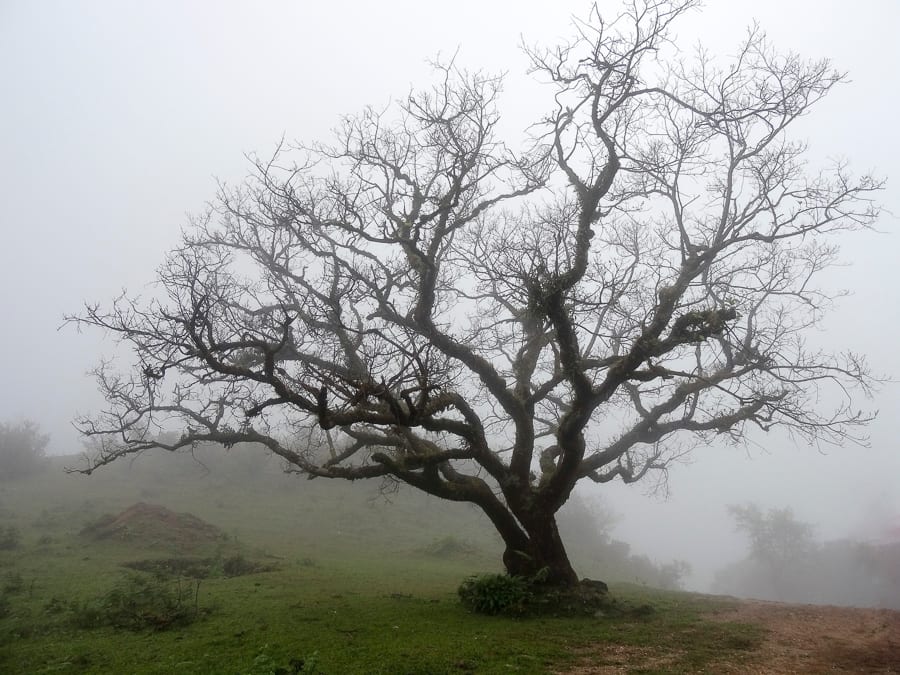Top 5 Tree Diseases

Most people are reminded of animals and humans when thinking of common diseases, but did you know that it’s possible for your trees and plants to catch or develop diseases? In fact, they are so common that it’s likely one of your plants or trees in your yard currently is or has been infected by a tree disease. Here are the top 5 tree diseases and brief descriptions that may help you detect if your tree is infected with one.
Anthracnose
This nasty tree disease attacks the twigs, leaves, buds, fruits, and vegetables of a tree or shrub. It is most easily spread during wet seasons, like spring, and is known for spreading rather quickly. Simply watering your tree yourself can also spread the disease to other healthy parts. To tell if a tree, or shrub, is infected with this tree disease, look at the leaves for brown spots. If you notice discoloration, your tree is probably infected with the fungus!
Apple Scab
Have you ever felt brave enough to take a bite out of an apple fresh from the tree, only to find that it’s filled with brown, sunken spots? This nasty tree disease can infect fruit and leaves them bruised and oozing. It’s clear to see when this tree disease has attacked, and it will be evident in the leaves or food growing on the tree. Similar to Anthracnose, warm, moist periods are when this disease is most common, and it can easily spread with water.
Cedar Rusts
Just like the name, Cedar Rust is a tree disease that displays reddish-orange blemishes on leaves and fruit that resembles the color of rust. The fungi can look rather pretty, almost like a tree decorated in harvest colors for the holidays, but Cedar Rust can kill your trees rather quickly. It requires two hosts to complete the cycle and one of those hosts must be juniper. Major pruning of your juniper plants can potentially kill the disease—if it isn’t too far gone.
Diplodia Tip Blight
If you have a pine tree with an abundance of brown, dead needles falling off, chances are high that your tree has met diplodia tip blight. This tree disease is most common on young seedlings, or those over the age of 30, which means the younger or older, the better for this fungus. Austrian pine trees are most commonly infected with this tree disease.
Dothistroma needle blight of pines
This tree disease causes the needles on pine trees to fall prematurely and turn yellow and tan. The disease can meet a young tree and will very slowly become worse over the years, eventually leading to the demise of the tree. 35 different pine species can contract this disease in North America, the most common being Austrian, lodgepole, Monterey and ponderosa pine.
If you suspect that one of your trees has come into contact with any of these diseases and are in the San Antonio area, please contact Buchanan Tree Service to remedy the issue. Don’t wait until it’s too late!
Contact Us
Trust a highly rated Tree Service Company with over a decade of experience.
Request Free Quote